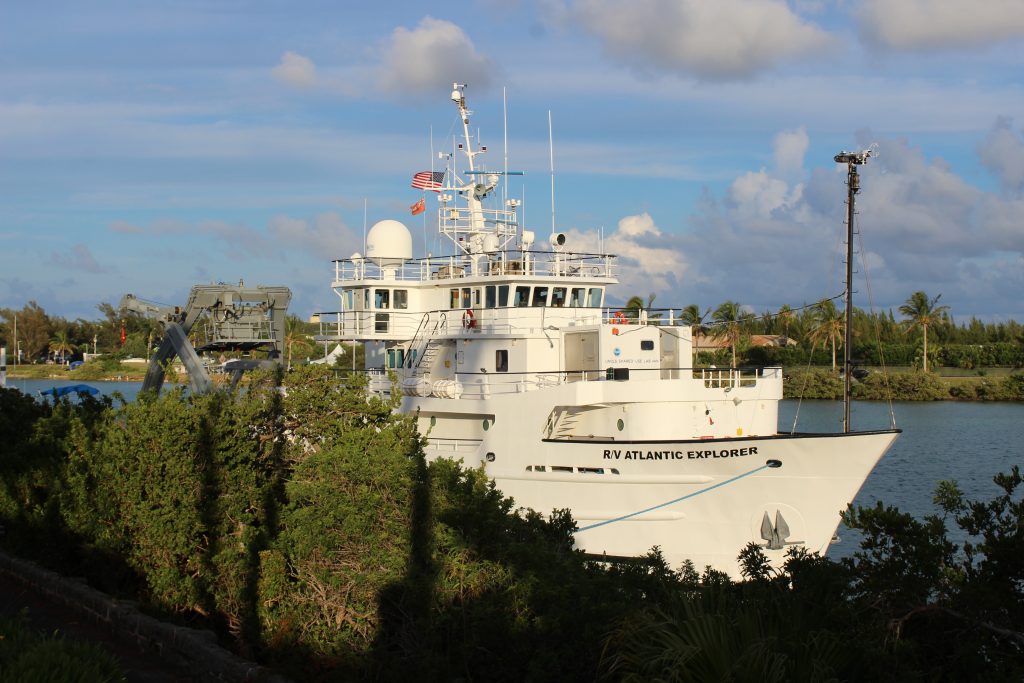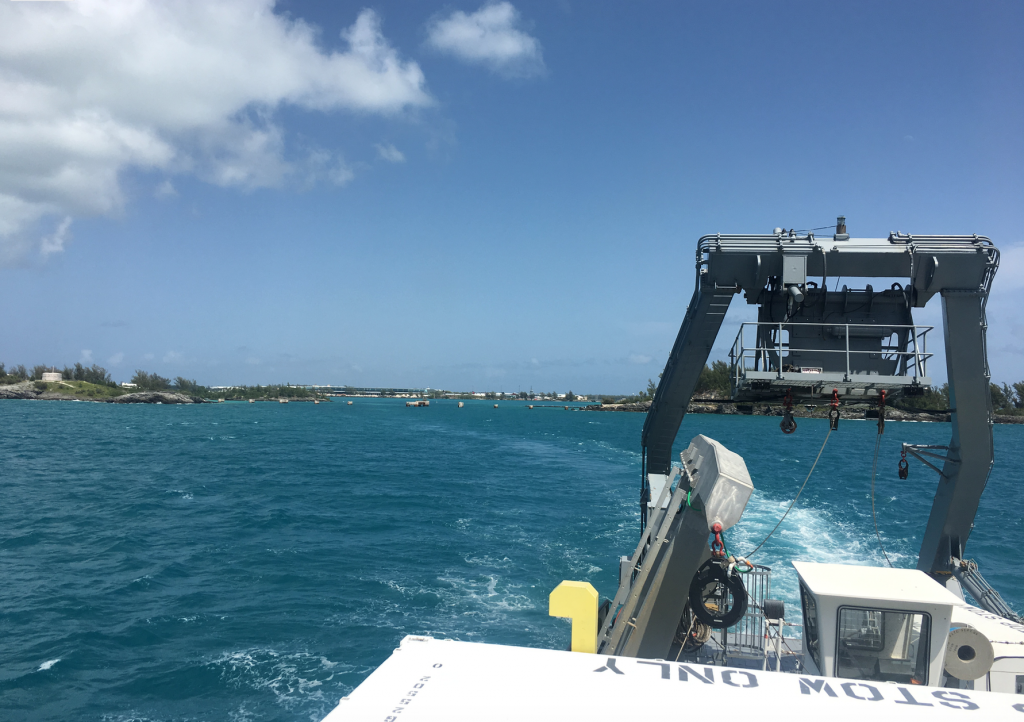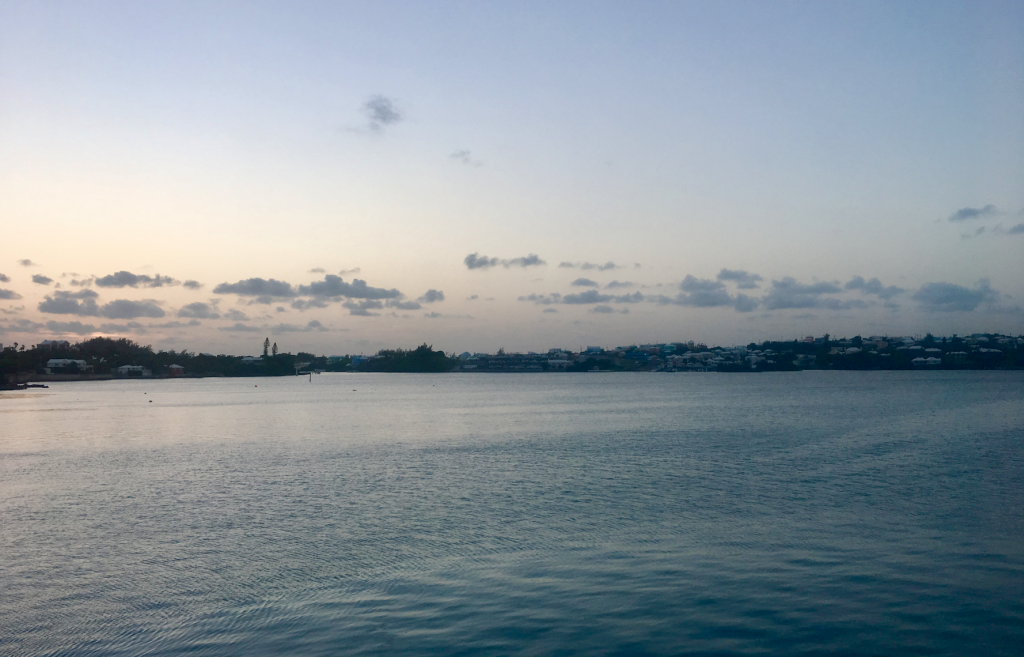Follow along as our scientists conduct research at sea
The case of the mysterious water leak
It’s wasn’t all smooth sailing for researchers aboard the R.V. Atlantic Explorer at the start of the week.

On Sunday morning I boarded the ship for the first time with head researcher Michael Gonsior, graduate student Maddy Lahm, post-doc Leanne Powers, and oceanographer Bill Cooper for a quick tour of what was supposed to be our ride for the upcoming week.
As the tour came to it’s end, we were met by the captain of the research vessel, who introduced himself and swiftly followed with the statement, “So there is good news, and there is some bad news.”
The good news was that we would have plenty of time to prepare for the cruise’s departure, but unfortunately our newly acquired time buffer was due to an issue with the ship’s engine. What began as a suspected water leak led the team of engineers on a Sherlock Holmes-type chase, one clue coming after another as to where the leak originated from.
The culprit? A cracked cylinder in one of the ship’s main engines. It became a waiting game to see when the part could be shipped to Bermuda and installed into the ship’s main engine.
Time is not often a commodity on research cruises, so having to push departure back an uncertain amount of days can be stressful. Pushing the cruise back a couple days or even cutting it short by a day causes the Principal Investigators (PIs) to reconsider the time and scheduling for collecting water samples. Once the parts had arrived and our official departure was certain, researchers who needed to move back their flights did so and rearranged their schedules as needed.
For this research cruise, the lead PIs are aiming to collect as many samples as possible while at sea, so luckily the schedule wasn’t too stringent. The goal is to fit in as many collections as possible, making this a 24/7 operation.
Tuesday morning we had a more definite departure date. On Wednesday afternoon the ship would be able to move from the BIOS dock to another dock directly across the way from St.George’s, a historic Bermuda town that houses BIOS and the island’s airport. Then Thursday morning we would finally be able to embark on our journey into the open ocean.

Moving the boat’s location allowed for more freedom in when the ship could depart, without needing to avoid low tide. While the cracked cylinder was definitely an inconvenience, thanks to a flexible schedule and cooperation of everybody on board, the cruise will only lose about half a day of sampling.
While losing a half day of sampling is never ideal, for the scientists aboard this loss of time mostly meant that there is much less room for error and that efficiency with processing samples is going to be key for allowing this cruise to reach its full potential.

As the sun sets this Wednesday evening, the labs are set and secured and researchers are taking their final moments on land to enjoy the island before having to put on their sea legs. Tomorrow at 7:30 a.m. the now complete engine will start up and begin the journey to the Bermuda Atlantic Time-series (BATs), the site of a long-term oceanographic study where our scientists will hopefully expand that existing knowledge and data set.
